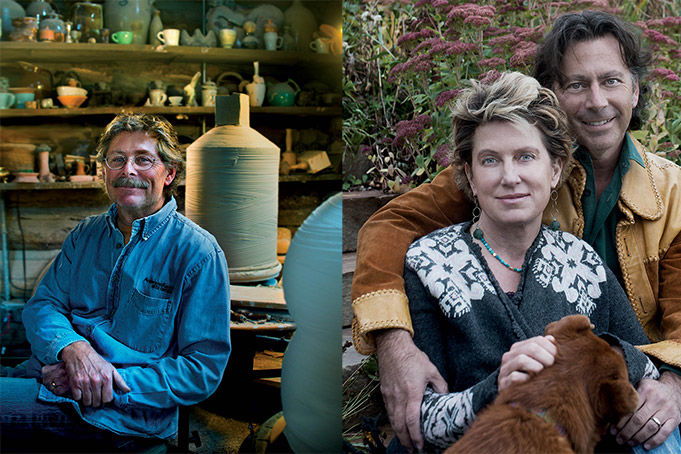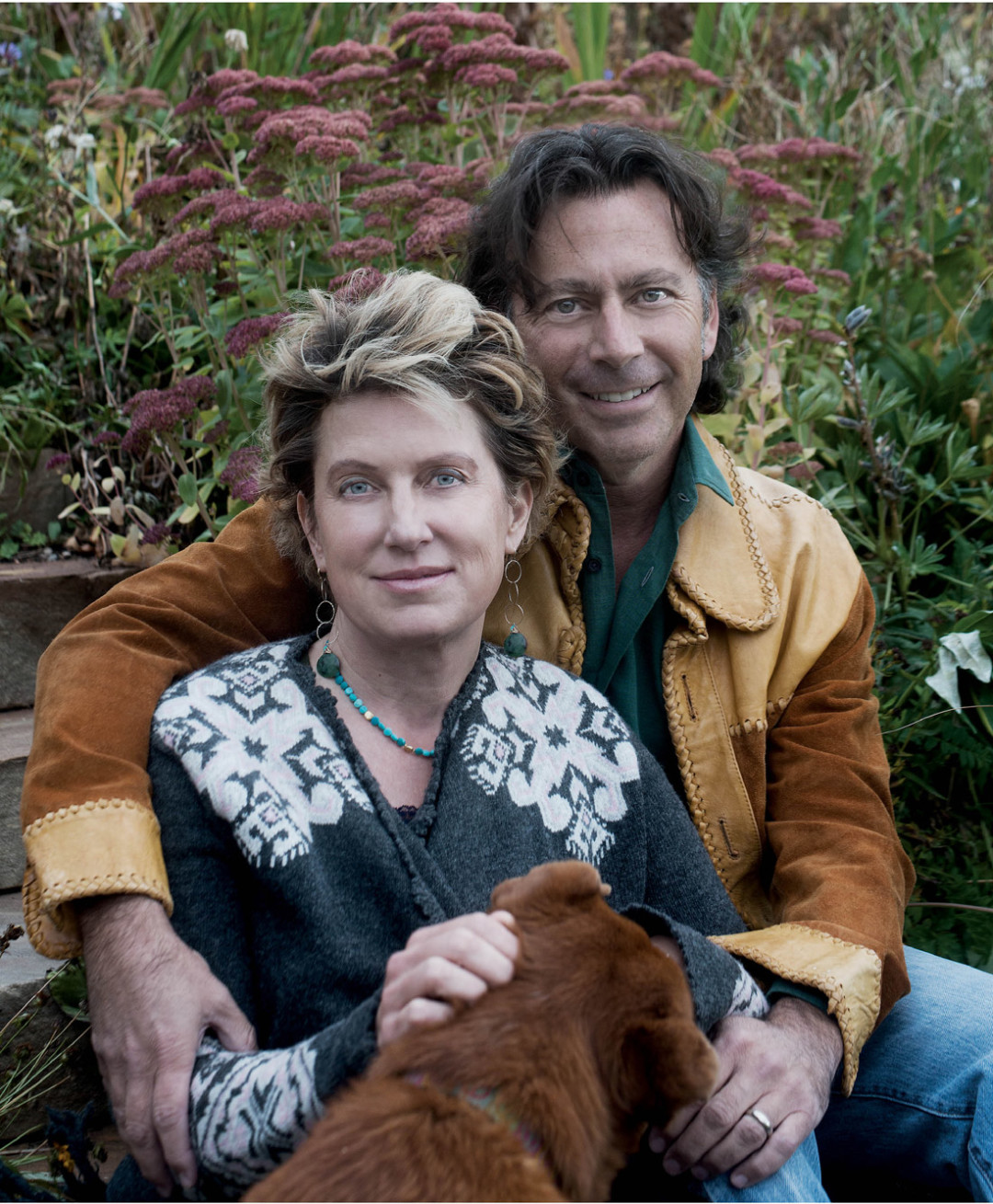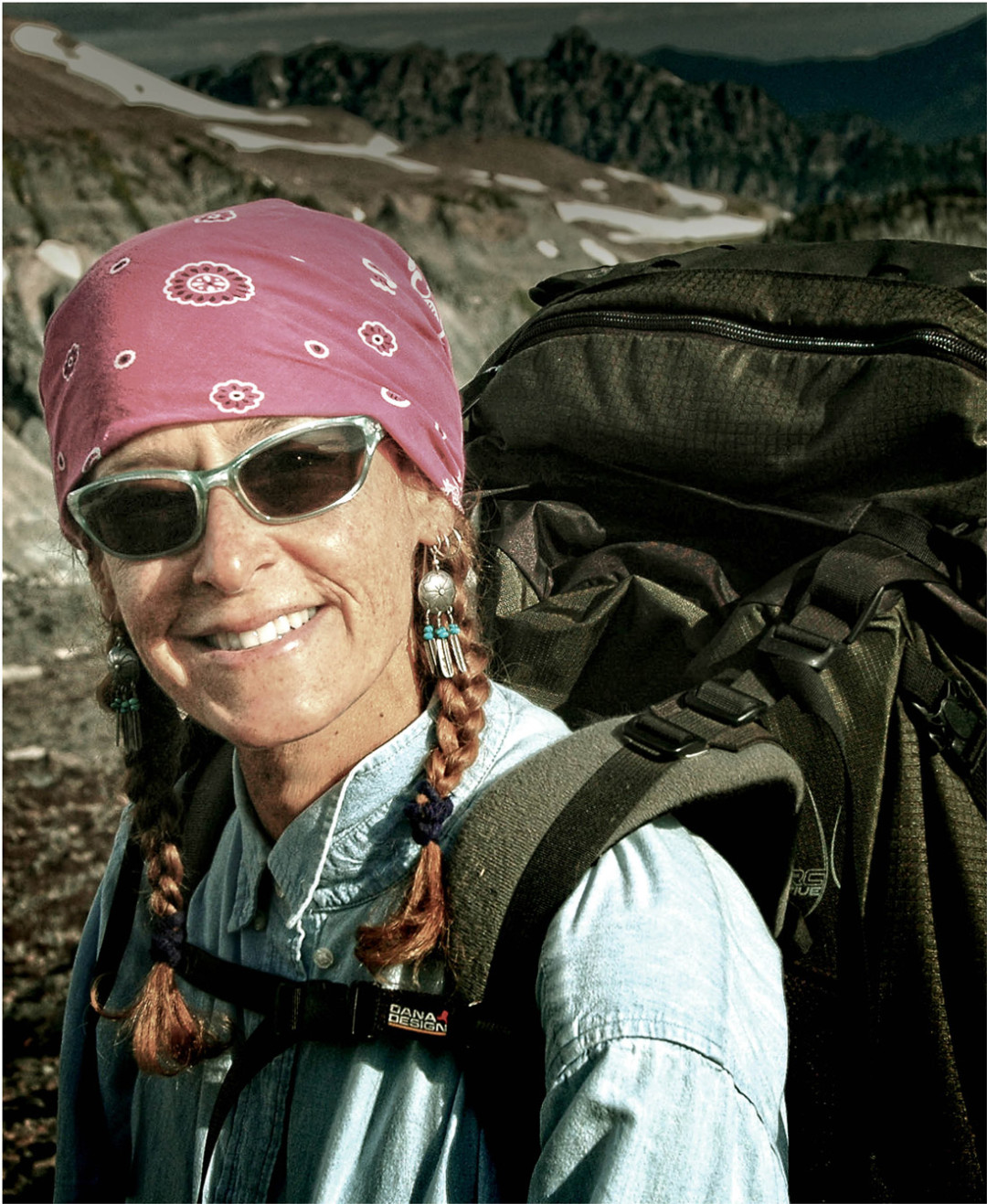
Sojourner Salutes Holiday 2015

Image: Karl Wolfgang
“Inspirational” is the word that first comes to mind with respect to this year’s Sojourner Salutes honorees. A teacher, a ceramist, and a creative philanthropist couple, they’ve collectively touched broad swaths of the community, and their spheres of impact are constantly expanding, like ripples on a pond. They are Aspen at its best.

Image: Karl Wolfgang
Doug Casebeer
Community building through art
Throwing pots may seem like something a hot-tempered chef indulges in, not the kind of behavior to foster a nurturing support network. And for the first twenty years of his life, Doug Casebeer, the associate director of internationally renowned Anderson Ranch Arts Center in Snowmass Village, might have agreed.
Casebeer pulled his life “out of the crapper,” as he has put it, when he discovered clay and kilns—and their version of throwing pots—in college in 1976. That led to a BFA, an MFA, and a three-year stint in Kingston, Jamaica, working as a United Nations ceramics program consultant. He brought the art and the craft to some of the country’s poorest people as a way for them to both make a living and interact with each other.
Casebeer landed at Anderson Ranch, which had been cofounded by noted ceramist Paul Soldner in the late 1960s, in the winter of 1985. Though Snowmass was a vastly different world from Jamaica, his job has been much the same. “My role in life is to mentor all those people who want to use ceramics as a medium to build community. I am committed to that notion,” he says. “The Ranch, the [Carbondale] Clay Center, the Harvey Meadows Gallery, the Wyly Center—all bring us together to remind us that we need each other to survive on this planet.”
Fulfilling this broad vision, Casebeer returns every year to do outreach and workshops in Jamaica. He has also helped start Thimi Ceramics in Nepal, the Curaumilla Art Center in Chile, and a pilot project in San Miguel, Mexico. He is a mentor and advisory board member of the local Carbondale Clay Center. And at Anderson Ranch, he is associate director, the artistic director of ceramics, and the founder and former chair (for twenty-eight years) of the artist-in-residency program.
The local impact has been profound. “What he’s been able to do in this valley has benefited so many, especially younger artists,” says Sam Harvey, co-owner of the Harvey Meadows Gallery in Aspen, who worked with Casebeer for nine years at Anderson Ranch. “And he’s very selfless about it.”
Yet somehow, Casebeer has also pursued his own art. His work is collected and featured around the world, including at the Shigaraki Ceramics Research Institute in Japan, the Yingge Museum of Ceramics in Taiwan, and the Chinese Academy of Fine Art in Beijing.
Along with everything else, Casebeer and his wife, Susan, have been married for thirty-seven years and raised two children. Emily is an Aspen Skiing Company ski patroller who also works for Outward Bound in Leadville; Logan just graduated from Colorado State with a degree in ceramics. Susan, who is now an interior designer, “worked right alongside me at the Ranch for over seventeen years,” Casebeer says. “We planted a lot of trees. Probably my greatest joy [in what he has accomplished at the Ranch] comes from this sense of place. When you walk on the Ranch, you feel the spirit of creativity wash over you.
“Besides that, I have been the vehicle for hundreds of friendships,” adds Snowmass’s pied piper of pottery. “That is what I am most proud of: artists supporting artists!”
—Jay Cowan

Image: Karl Wolfgang
Isa Catto Shaw and Daniel Shaw
Practicing the art of thoughtful giving
In an era of “look at me” philanthropy and “my building is bigger than your building” donor naming games, Isa Catto Shaw and Daniel Shaw stand out as steadfast yet humble champions of Aspen arts and environmental organizations.
The artist-writer couple moved to the Roaring Fork Valley in 2004 from New York City, where Isa worked as a mixed-media painter, and Daniel was a staff writer for The American Lawyer magazine. The move, says Isa, was prompted in part by a failure to decode the social jockeying of Manhattan preschool enrollment for their daughter, Fiona, who was then a toddler.
According to his wife, Daniel is the doer of the couple. He ferrets out which organizations can best advance the causes they are passionate about: creativity, conservation, and social justice. His board-service past and present encompasses about half a dozen local organizations, including the Aspen Community Foundation, Aspen Center for Environmental Studies (ACES), and Aspen Words, as well as the national American Farmland Trust.
According to her husband, Isa is the thinker in the family. She enjoys nothing as much as brainstorming with nonprofit leaders about opportunities to promote partnership and cooperation among the valley’s many organizations that are striving for the public good. She also has no shortage of programming suggestions. “I’m forever bombarding the long-suffering [ACES CEO] Chris Lane with ideas,” she says.
Daniel discovered Aspen and the Roaring Fork Valley through his wife. Isa’s ties reach back decades and come with a legacy of giving back. Her father, the late Henry Catto Jr., was a career diplomat and vice chairman of the Aspen Institute. Her mother, Jessica Hobby Catto, was a global crusader for conservation and the environment and an early supporter of ACES alongside Elizabeth Paepcke. The legendary Texas family (Isa’s maternal grandfather served as governor of the Lone Star State) spent their summers in Aspen, where Isa attended first grade.
The Shaws are key supporters of Aspen Words’ youth outreach initiative, as well as the drivers behind its Writers in Residence program, wherein an established or emerging writer is invited to stay for a month in a cabin on the couple’s Woody Creek property. Every few weeks between May and November, a new writer arrives to cozy digs, a stocked refrigerator, a garden out of which to pluck organic vegetables, and a view so profoundly beautiful that award-winning poets have found themselves at a loss for words.
“It’s exceedingly rare to find philanthropists who understand the real concerns—and the real value—of the artist’s process,” says Maurice LaMee, director of Aspen Words. “But as artists themselves, Isa and Daniel do. They’re exactly the kind of partners you want.”
When not tending to their children—ten-year-old Duncan (who’s been known to offer up a cheerful recitation of Invictus for willing listeners) and thirteen-year-old Fiona—the pair contributes to the community in ways beyond the financial. Isa teaches painting at valley art centers. Daniel, a walking encyclopedia of rock-and-roll knowledge (and occasionally a professional harmonica player), hosts the rock interview program Check 1, 2 on Aspen Public Radio.
The couple also hosts one of the loveliest holiday celebrations of the year. Annually, on the winter solstice, they open the doors of their sumptuous, sustainable home to such a diverse swath of the community that longtime locals are inevitably left pining for “old
Aspen,” a time when conventional wisdom held that billionaires, ski bums, and artists all had something to learn from one another.
—Julie Comins Pickrell

Image: Karl Wolfgang
Mary Owens
Beloved cultivator of young minds
Mary Owens was in New York when she first saw the Maroon Bells in her fourth-grade geography textbook. She vowed to go there someday. Eleven years passed before she flew out with a college friend for a two-week vacation—and stayed the summer. Though she returned to the Empire State to finish college, she flew back to Aspen the following summer, worked several jobs, and met her husband, Jim Owens, at Andre’s restaurant and club, a longtime Aspen institution.
As much as she knew she wanted to see the Maroon Bells, Owens knew even more that she wanted to be a teacher. Growing up, when she played school with her younger sister, she rarely gave up the chalkboard. Over the past three decades, she has touched the hearts and minds of more than 550 students in the Aspen School District. The intensity of her focus, the thoughtfulness of her approach to reading and writing, and her love of the outdoors have made school an adventure for young learners. Former students remember her as “kind,” “loving,” “a huge inspiration,” “one of the main reasons I became a teacher,” and “magic.” Many return to visit her year after year.
“She was clearly a touchstone,” says Elizabeth Parker, a past president of the Aspen School District Board of Education who had two daughters in Owens’s kindergarten classes in the late ’90s. “She convinced each child that he/she was strong, intelligent, kind, and capable of being the very best. Her children received from her enthusiastic respect, unconditional love, but also a strong sense of responsibility: for their learning, for their actions, and a daily reminder to be good stewards of the earth.”
Her first year of teaching, Owens took a fifth- and sixth-grade class on a road trip to Arches, Monument Valley, and the Grand Canyon. She asked Edward Abbey to meet them. (He declined.) Over the following years, she taught kindergarten, first grade, and occasionally second grade, depending on her requests and fluctuations in the district’s population. For one second-grade class, she put up a yurt at Hallam Lake where they met every Friday.
“Her appreciation for nature is contagious and inspiring,” says Steffi Klawiter, a former student now studying renewable-energy management in Germany. Klawiter still remembers a sunrise with Owens, watching a beaver swim across Hallam Lake.
Among her former students, Owens’s stories are legendary. Many of the tales are inspired by her backcountry adventures with her husband, including the Mary-struck-by-lightning-descending-from-the-summit-of-South-Maroon story—which, she tells the kids, explains her curly hair—and the married-on-top-of-Mount-Sopris story. Photos on her desk show the Owenses on Sopris’s rocky summit, Mary in a white dress and white moccasins, her hair and veil blowing in the wind.
Most mornings before school, Owens gets up at four o’clock and hikes Aspen Highlands or Tiehack by headlamp. After school she hikes again, or rides her bike up to Maroon Lake or Ashcroft. Summers, she and Jim backpack.
Her students remember playing and reading in the pueblo (a Native American–style loft), grinding corn with a mano and metate, and choosing toys from the treasure chest as they moved from one reading level to the next. They read independently or in small groups at least an hour a day. When every child has read one hundred books by the hundredth day of class, celebrations have included pillows, Native American flute music, and even first-grade sleepovers at school.
When asked about why she plans to retire from teaching at the end of this year, Owens says, “My heart is full every day. I look at those eyes. ... I never have a bad day. I want to leave while I still feel this way.”














































